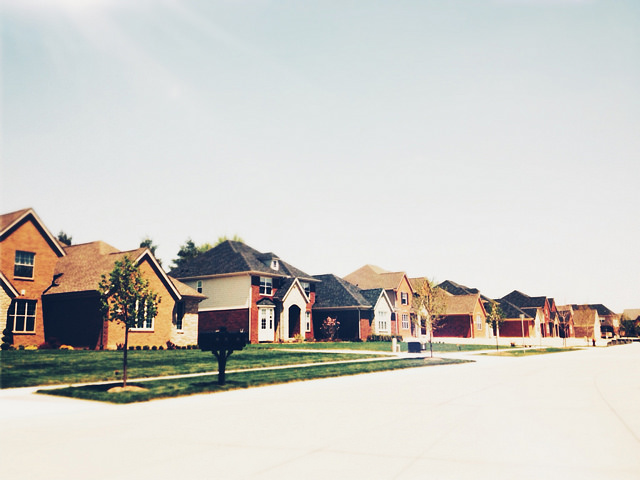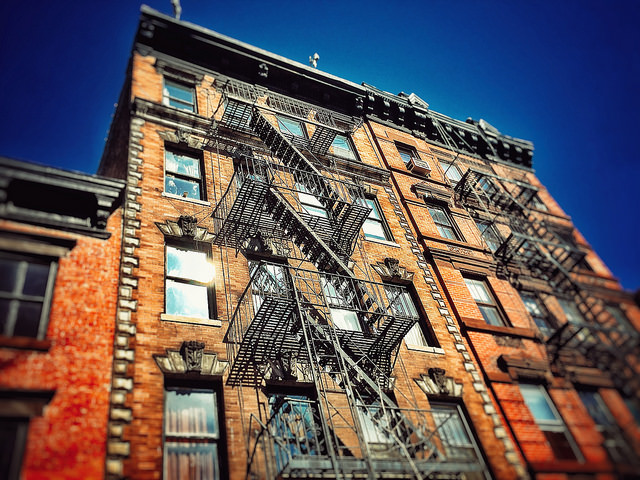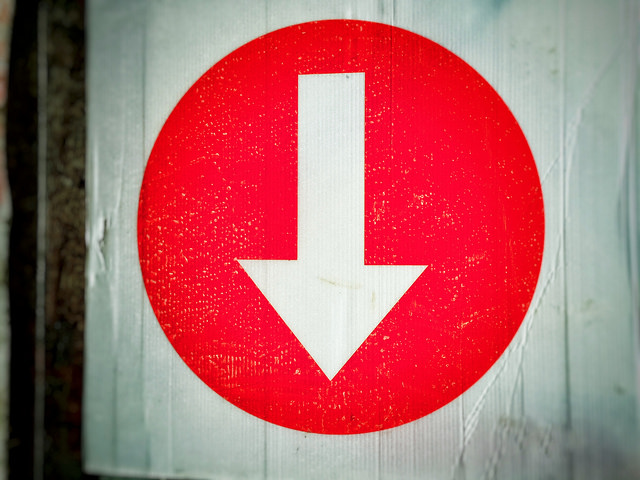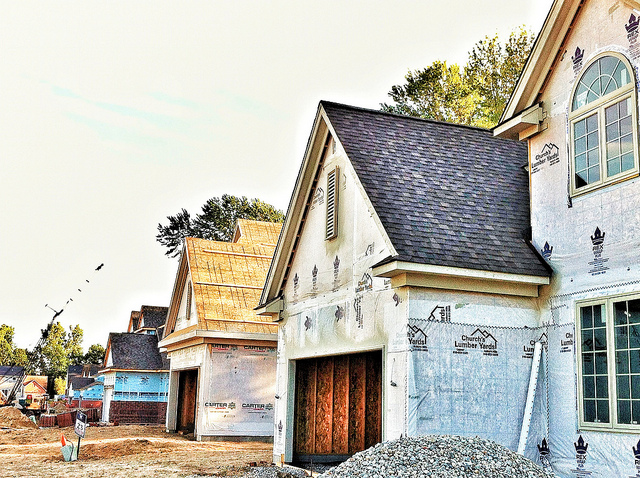A new survey shows that homeownership among millennials between the ages of 28 and 31 jumped from 27 percent to 47 percent in just two years. Additionally, ownership among people aged 32 to 36 was up 11 percent. That home buying has surged among younger Americans is an encouraging sign for the housing market – especially since homeownership levels haven’t yet fully recovered from the housing crash. But, like anything, there’s another side to the story. That’s because, increasing demand from first-time home buyers could also put pressure on home prices if available inventory can’t keep up with the level of interest. According to one projection, millennials will purchase 10 million homes over the next decade. Whether new home construction and existing supply can meet the demand from those buyers will be a key driver of the real estate market in the years to come. If supply continues to lag behind, home prices will keep rising, which will build equity among current homeowners but cause affordability issues. On the other hand, if supply increases, prices should moderate and lead to booming home sales. Either way, first-time home buyers will have a significant effect on housing market conditions in the coming years. More here.













